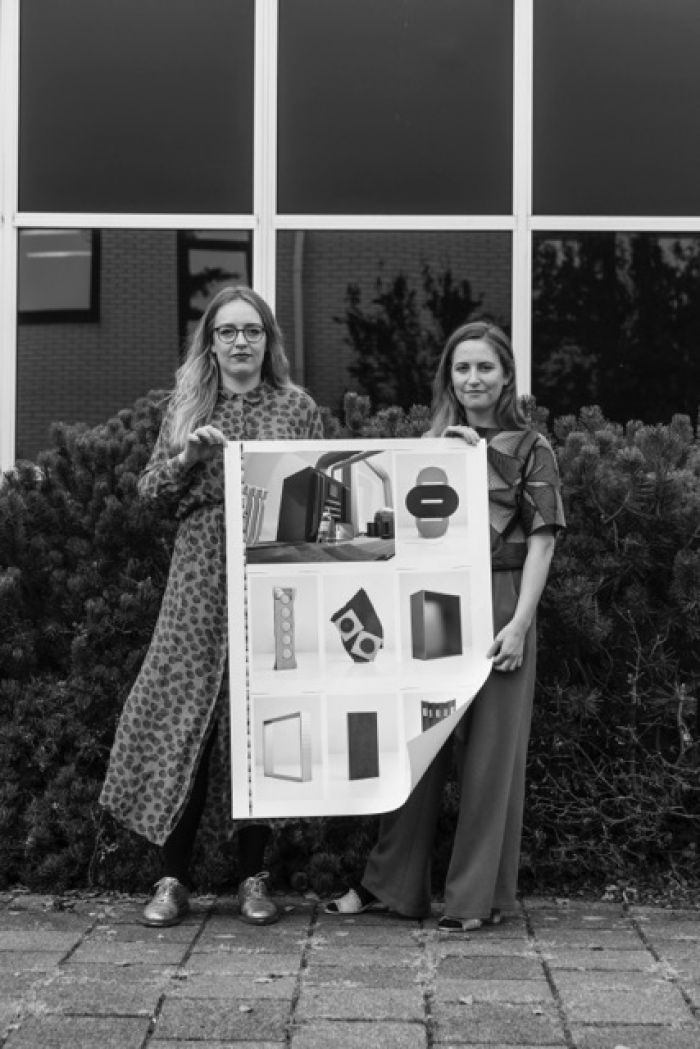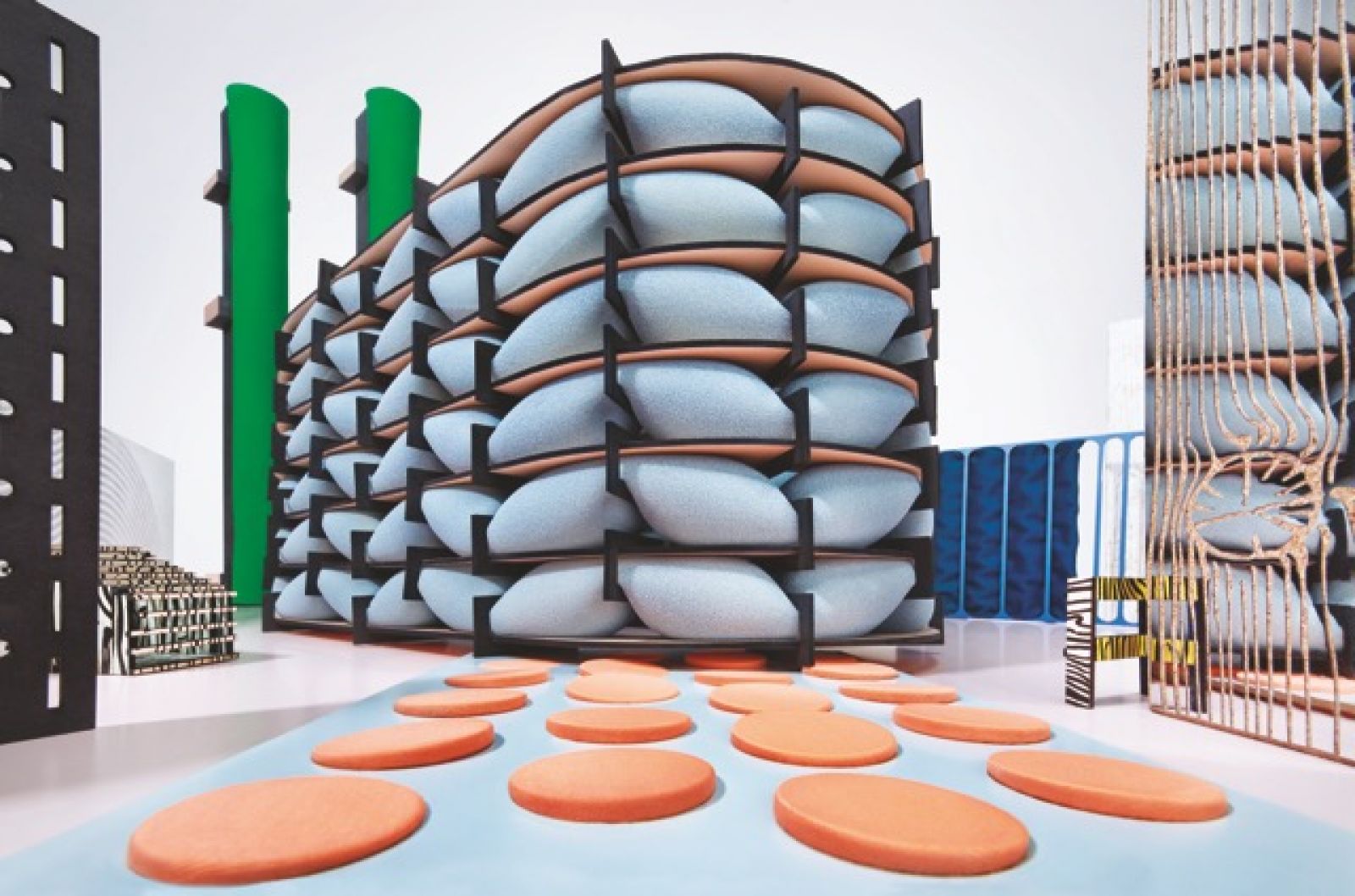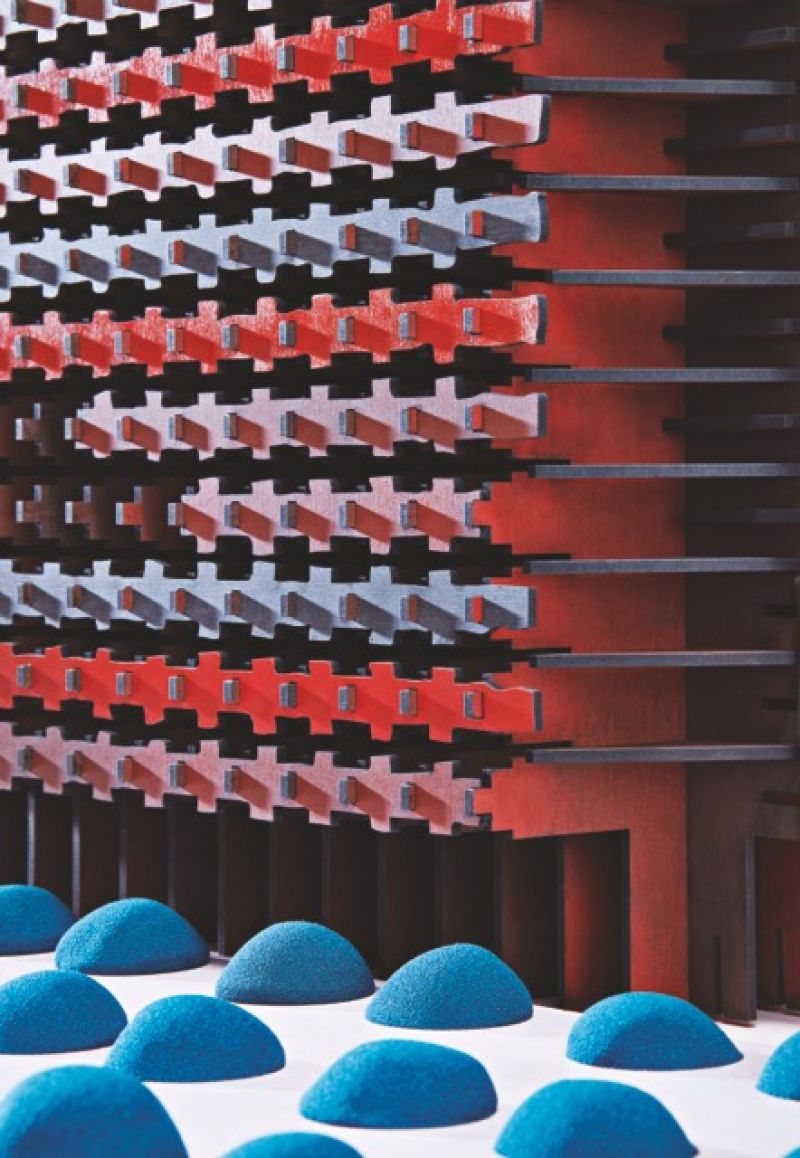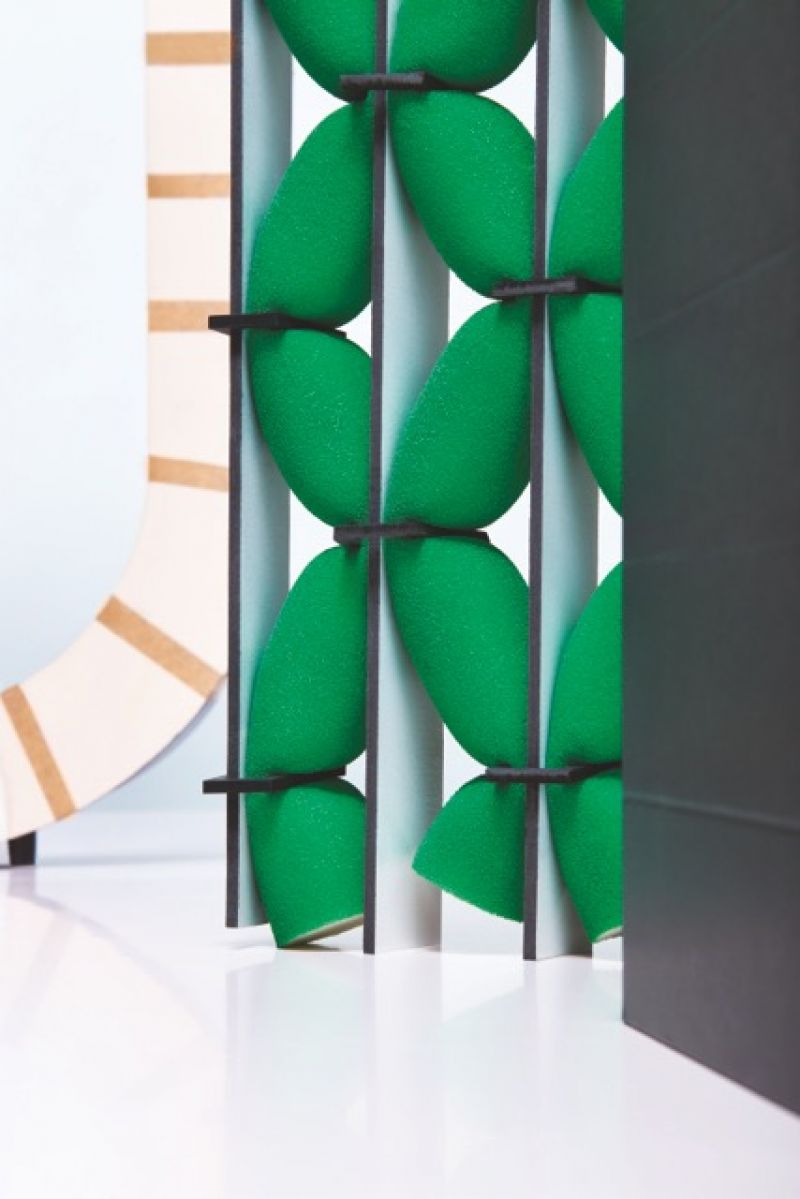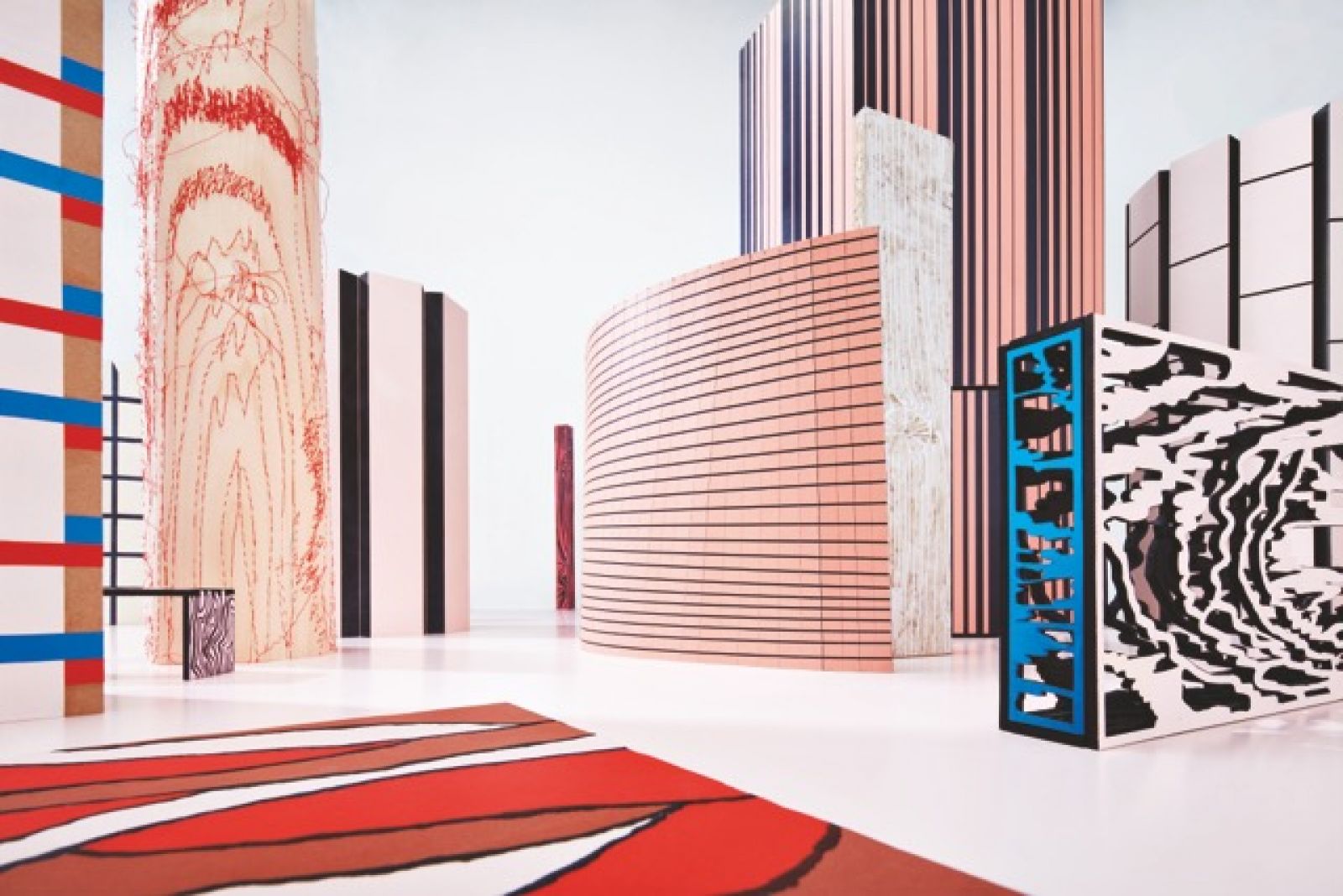At that moment suprème, they rely on intuition and mutual trust. They work like they talk: alternatingly, with Schuurman often quicker to respond and Post usually a little wordier. First, they distribute the big pieces over the space and then the endless shifting around of the other pieces begins. ‘We’re looking for new connections between the different designs,’ says Post. ‘That’s why we mix things. We don’t make islands of work by individual designers. We want the audience to see the interaction that has taken place during the process as well. By combining things we entice people to look at designs they’re inclined to walk right past.’
When they start to arrange things, everybody has to leave. The two curators have to be all alone for a while. This is in stark contrast to the period just before the exhibition. Then all the members of Envisions work together closely, sometimes for days on end. ‘Still, the finalization has to be based a single vision,’ says Schuurman, ‘or chaos will rule.’
'It'd be a shame to protect that knowledge and keep it to yourself'
COLLECTIVE
Envisions consists of 15 designers that, like Post and Schuurman, graduated from the Design Academy Eindhoven a few years ago. They share the same ‘commitment to go all the way’ and all ‘dare to think from different disciplines’. They work on projects in varying combinations, sometimes five of them, sometimes 12 of them. They all have their own studios, too. ‘That’s the only way to both distinguish yourself within the group as well as add something to it,’ says Schuurman.
Of course egos will swell, she admits. ‘But in Envision the collective is more important than the individual. We are all designers that realize that they don’t necessarily have to be the new Marcel Wanders. Our strength comes from exchanging and sharing. And by acting as one, we can also make more of a statement to producers.’
